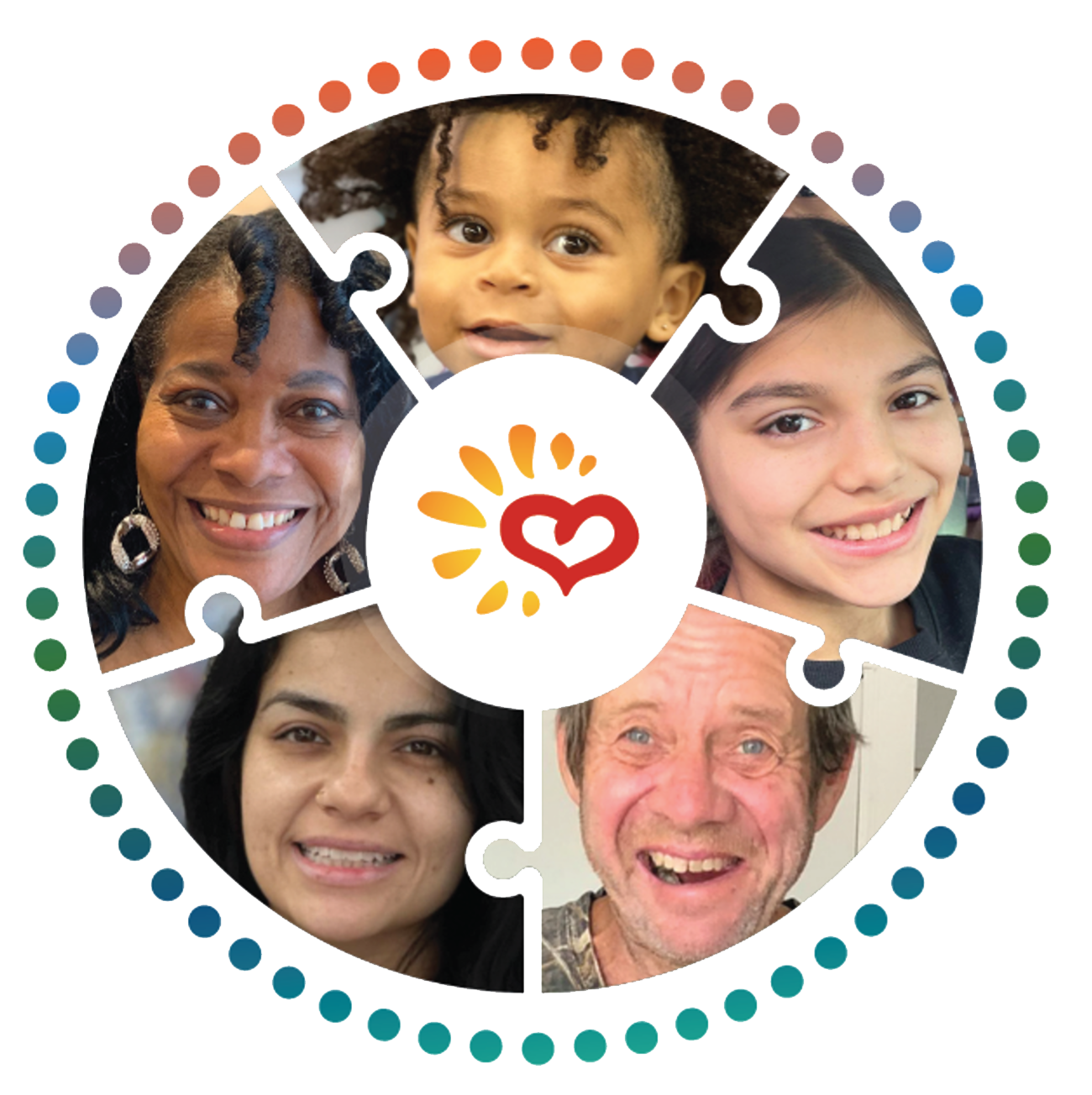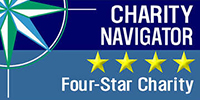Metrocrest 2030
Creating Opportunities.
Lifting Lives.
Building Community.

Vision
Providing Pathways to a Thriving Community for ALL
Mission
Providing hope through programs that lead to self-sufficiency and foster independence.
Core Values
- Start with a “YES” Attitude: Working together to find solutions.
- Celebrate Differences: Show others dignity, respect, and inclusion while honoring everyone’s experiences and unique contributions.
- Be Kind: Make a choice to be kind to ALL through empathy and understanding.
- Choose Joy: Joy is an attitude. Pursue it every day.
- Embrace Change: A willingness to be open-minded and collaborate while accepting that change is an integral part of making our organization stronger.
Foundational Goals
These goals ensure a strong foundation is in place to support Metrocrest 2030.
- Data-Develop a robust data plan to effectively track, manage, and measure the effectiveness of each goal.
- Team-Create an employee development plan to ensure ALL employees are supported in their quest to grow personally and professionally.
- Community-Elevate the experience of ALL those we serve through outstanding customer service and care.
- Volunteers-Create an exceptional volunteer experience that is engaging, fulfilling, and memorable.
- Fiscal Responsibility-Committed to ethical and responsible financial decision-making and the prudent use of organizational resources and donor funds.
Economic Stability for ALL
Goal: Provide access to high quality financial education and workforce programs ensuring 100% our clients have the opportunity to secure a livable wage job.
Objective #1: Develop a training program for onboarding and continuing education to provide staff the tools needed to best serve the community.
Action:
- Focus on employee retention and attraction strategies.
- Develop sustainable staff training using internal and external sources, including benchmarking, that focus on best practices.
Objective #2: Develop a plan to educate staff on strategies to successfully transition clients to workforce and financial education programs.
Action:
- Develop a plan to gather actionable data from all clients, regardless of program entry point, to ensure they have access to workforce and financial education programs.
Objective #3: Increase awareness of, and participation in, financial education programs.
Action:
- Ensure all Metrocrest clients have access to financial education.
- Recruit educators who are content experts.
Objective #4: Increase employment opportunities for African American and Latino males.
Action:
- Educate employers about hiring practices that impact wages for African American and Latino males.
- Ensure African American and Latino males have equal access to workforce and financial education programs.
Objective #1: Develop an affordable housing attainment program intended to ensure families have access to housing within their budget.
Action:
- Restructure client flow to provide an improved client experience and capture robust data.
- Develop a job description and hire Landlord Navigator.
- Develop a housing crisis case manager position.
- Develop a program to foster strong relationships with area landlords and developers who participate in “diversity of income” projects.
- Develop a rent subsidy program, broadly defined as dedicated housing funds committed to families over a longer period tied to a client success plan.
Objective #2: Through education, data analysis, and advocacy, work with cities and developers to encourage the planning and development of housing options that meet the needs of families with household income of 60% or less of AMI (area Median Income).
Action:
- Develop roadmap for the agency to be an advocate for better housing options for our clients.
- Develop relationships with area landlords and apartment managers.
- Develop list of housing options.
- Develop relationships with relevant city councils and staff.
Objective #3: Develop a Homeless Resource Program that utilizes street outreach, diversion services, case management, community education, and document procurement leading to viable housing solutions.
Housing Stability for ALL
Goal: Provide programs that lead to families spending no more than 30% of their income on housing, advocate for accessible housing, and assist the unsheltered with housing solutions.
Nutritious Food for ALL
Goal: Provide equitable access to healthy food programs and nutrition education to 100% of those seeking food assistance.
Objective #1: Develop a Nutrition Education program that impacts all clients regardless of how they access healthy food (i.e. pantry, mobile food pantry, grocery delivery, Sack Summer Hunger).
Action:
- Benchmark with nutrition education programs at North Texas Food Bank, Carrollton Farmers Branch ISD, and other agencies.
- Create recipes for fresh produce and pantry staples.
- Integrate the Teaching Kitchen and Teaching Garden into nutrition education.
Objective #2: Develop a robust and sustainable food procurement system.
Action:
- Develop a broad and growing retail network.
- Track % of food sources to reduce reliance on one supplier.
- Develop robust donor drive strategies for food and non-food items.
- Create a “surge plan” for disasters or other unexpected substantial increases in demand.
- Assemble a continuous improvement committee to evaluate best practices for food procurement.
Objective #3: Design and develop a multi-channel system for equitable access to healthy food and non-food items.
Action:
- Develop mobile pantry strategy and processes.
- Develop a system for grocery deliveries and online ordering.
- Improve client experience and access to the food pantry with expanded pantry hours and implementation of an appointment system.
- Create client surveys to measure “equitable access” results.
Objective #1: Create a community awareness plan for seniors and their caregivers.
Action:
- Develop an ongoing marketing, communication, and advocacy plan.
- Create and implement a semi-annual survey for seniors.
- Benchmark with other senior service providers.
- Create a plan to cultivate community partnerships.
- Create a referral list relevant to seniors needs.
- Develop a robust senior community education program focused on helping seniors navigate key resources and benefits.
Objective #2: Develop a strategic staffing plan.
Action:
- Develop volunteer utilization program.
- Determine senior case management and senior services program staffing levels.
- Develop job description, identify funding sources, and hire Director of Senior Programs.
Objective #3: Develop and evaluate senior program growth sustainability strategy.
Action:
- Research private and governmental funding opportunities.
- Evaluate & develop strategic plan for transportation services.
Quality Senior Services for ALL
Goal: Provide access to services that support the senior community’s unique needs, foster independence, and enhance quality of life.
Healthcare Access for ALL
Goal: Provide equitable access to quality and affordable healthcare.
Objective #1: Develop a healthcare navigation system.
Action:
- Develop job description, funding sources, and timeline to hire a Healthcare Navigator.
- Create a robust partner resource/referral list.
- Gather relevant client data for tracking and reporting.
Objective #2: Develop onsite complimentary partner plan for new facility.
Action:
- Create a “Purpose Statement” for community partner space program.
- Compile a list of possible partners based on GAP Assessment and identified client needs.
Objective #3: Create a community healthcare education program.
Action:
- Create “Purpose Statement” for community healthcare education program.
- Benchmark with North Texas Food Bank, Concilio, American Heart Association, and other community partners.
- Develop a plan to provide health education collateral to employers.
- Devise strategies to implement the program via all distribution channels (i.e. pantry, Sack Summer Hunger, mobile food pantry).
- Compile a list of health and nutrition education providers.







